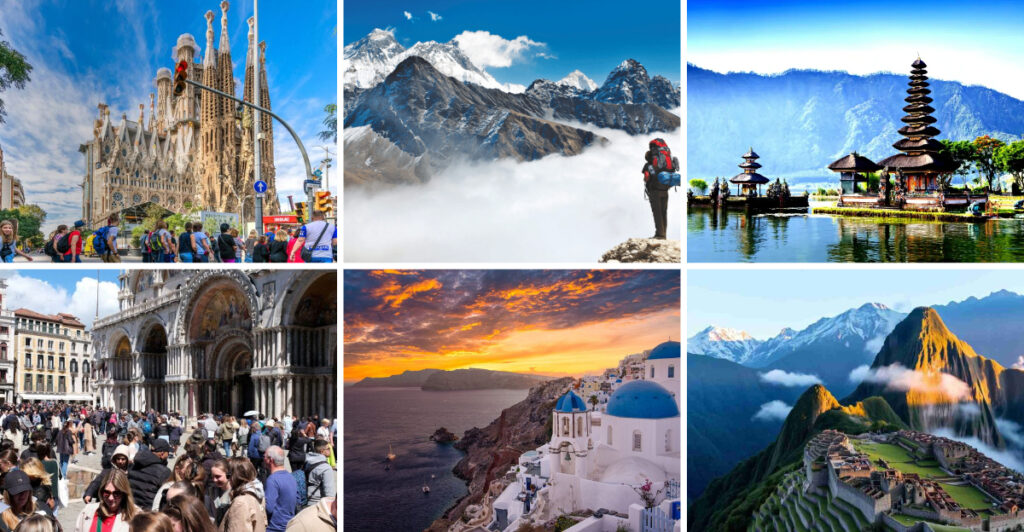In recent years, the pressure of overtourism has forced many beloved destinations to reconsider their open-door policies. With environmental concerns and cultural preservation at the forefront, some popular hotspots are planning to limit or completely ban visitors by 2025. Each location has its unique reasons for this drastic measure, ranging from ecological damage to cultural erosion. Here are 19 destinations that are quietly preparing to close their gates to tourists, and the impacts this may have on local economies and ecosystems.
1. Mount Everest, Nepal

Mount Everest has long been the ultimate destination for adventurous climbers. However, the increasing number of visitors has exacerbated environmental degradation and waste accumulation on its slopes. The Nepalese government is considering a visitor ban to save this iconic peak from further harm. The mountain’s sacred status among local communities adds to the urgency of this decision.
Reducing traffic on Everest would allow nature to heal and sustain its beauty for future generations. This ban could significantly impact local tourism, urging a shift towards sustainable practices. Preservation of Everest is essential not only for its ecological health but also for respecting its spiritual significance.
2. Venice, Italy
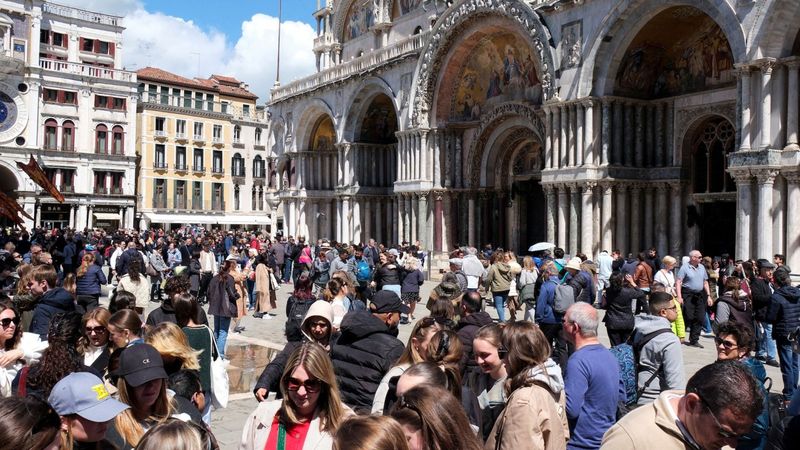
Venice, the city of canals, faces severe threats from over-tourism and rising sea levels. Residents frequently experience overcrowding, which diminishes their quality of life. The Venetian government is contemplating a tourist ban to preserve the city’s delicate infrastructure and vibrant culture.
Frequent flooding and erosion damage the historic buildings, prompting immediate action. Limiting visitors might help mitigate these issues, allowing residents to reclaim their city. Such a move would also encourage sustainable tourism practices, preserving Venice’s charm for future generations. The ban aims to protect the city’s heritage while fostering a more balanced relationship with tourism.
3. Santorini, Greece
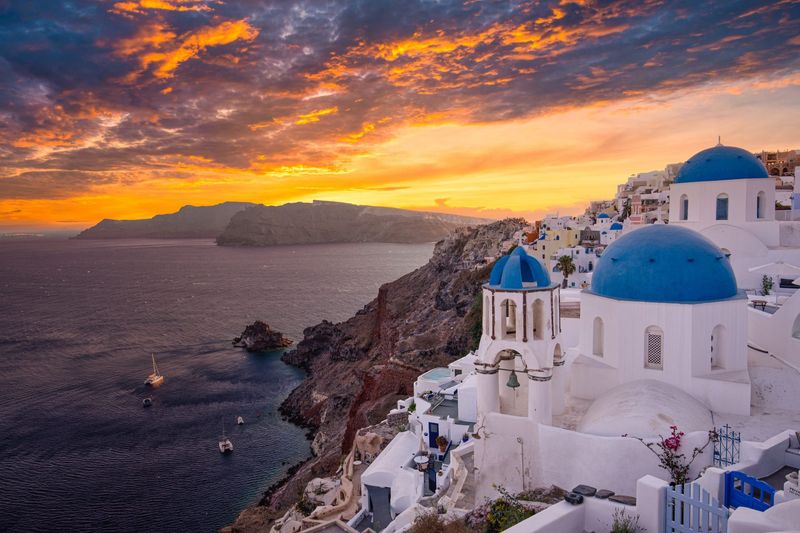
Santorini is famous for its stunning sunsets and white-washed architecture. However, the island faces challenges due to overcrowding. The local government is contemplating a visitor ban to protect the fragile environment.
The narrow streets overflow with tourists, causing strain on infrastructure. Residents find it increasingly difficult to maintain their daily lives amidst the throngs. A pause in tourism might offer a much-needed respite.
With its beauty intact, Santorini could recover and thrive, preserving its charm for future generations. This potential ban underscores the need for sustainable tourism practices.
4. Machu Picchu, Peru
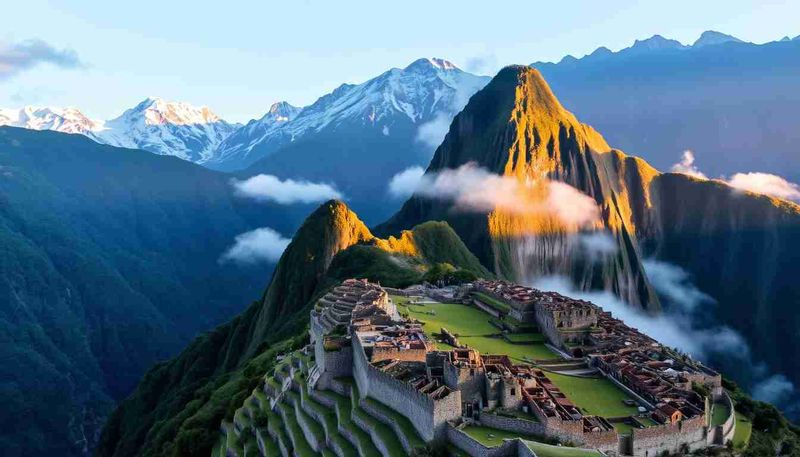
Machu Picchu, the iconic Incan city, attracts millions yearly, creating wear and tear on the ancient stones. The Peruvian government is considering a ban to prevent irreversible damage.
Tourists unknowingly contribute to the erosion of pathways and walls. By limiting access, authorities aim to preserve this UNESCO World Heritage site.
The lush surroundings and rich history deserve protection. It’s vital to balance tourism with conservation. This proposed pause aims to protect Machu Picchu’s legacy, allowing it to inspire awe for generations.
5. Boracay, Philippines
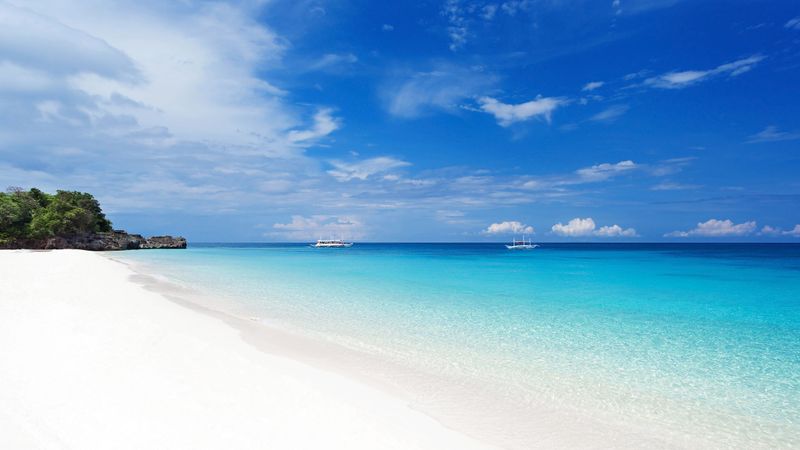
Boracay’s beaches are renowned for their powdery white sand and azure waters. Yet, the island’s ecosystem is under threat from unchecked tourism.
The Philippine government previously closed Boracay for rehabilitation and is now considering another halt to preserve its beauty. Overcrowding and pollution have strained the island’s resources.
A temporary ban could address these issues, giving nature a chance to heal. Efforts to sustain its allure require cooperation between authorities and visitors. Protecting Boracay ensures it remains a paradise for all.
6. Barcelona, Spain
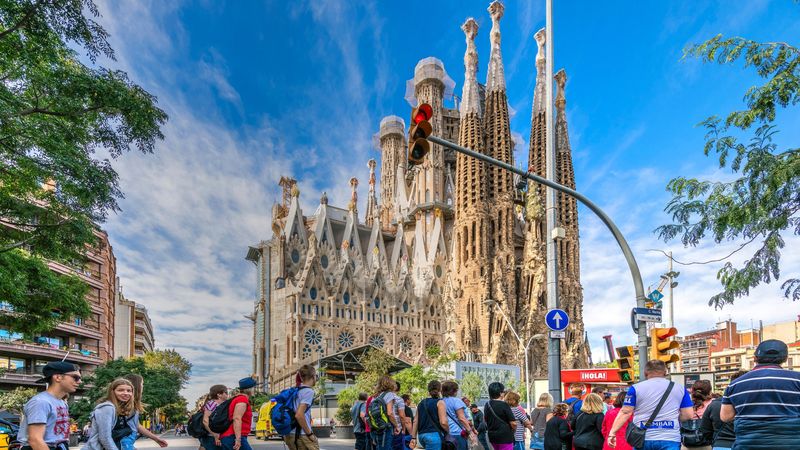
Barcelona’s vibrant culture and architecture draw visitors from all over the world. However, the city struggles with overtourism, affecting locals’ quality of life.
The potential visitor ban seeks to address these issues, allowing residents to reclaim their neighborhoods. The influx of tourists often leads to increased living costs and crowding.
By implementing a ban, Barcelona hopes to restore balance between tourism and daily life. It could be an opportunity to explore sustainable tourism models, ensuring the city’s charm endures.
7. Cinque Terre, Italy
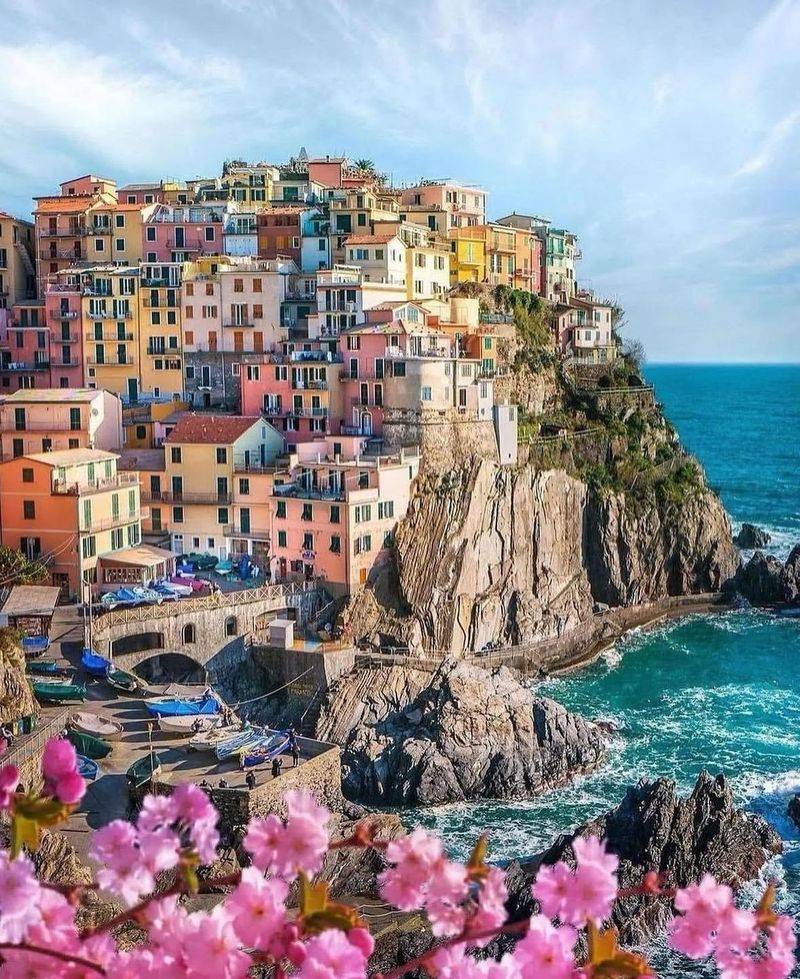
Cinque Terre, known for its picturesque villages, faces environmental stress due to heavy tourism. The narrow trails and quaint towns are overwhelmed by visitors, prompting discussions of a temporary ban.
To preserve its unique landscape, authorities are considering restrictions. The influx affects local agriculture and the fragile ecosystem.
This potential pause could help maintain Cinque Terre’s natural beauty and cultural heritage. A ban might encourage tourists to explore more respectful and immersive ways to experience the region, balancing enjoyment with preservation.
8. Bali, Indonesia
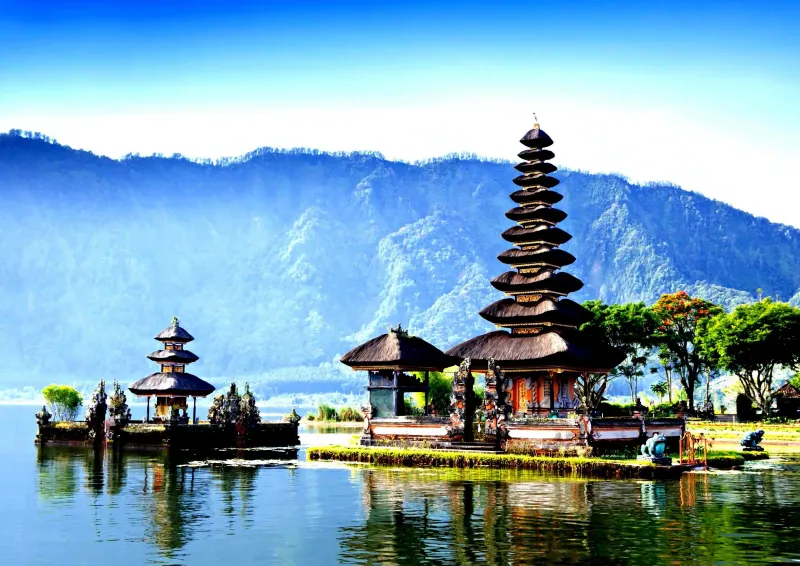
Bali, a haven for travelers seeking tropical beauty and culture, faces challenges from mass tourism. Environmental degradation and cultural erosion are significant concerns.
The government is contemplating a ban to address these issues and protect Bali’s unique heritage. Overcrowding and pollution have impacted local communities and natural sites.
By pausing tourism, Bali could rejuvenate its landscapes and cultural identity. This move highlights the importance of fostering a sustainable approach to tourism, ensuring Bali remains a cherished destination for future visitors.
9. Kyoto, Japan
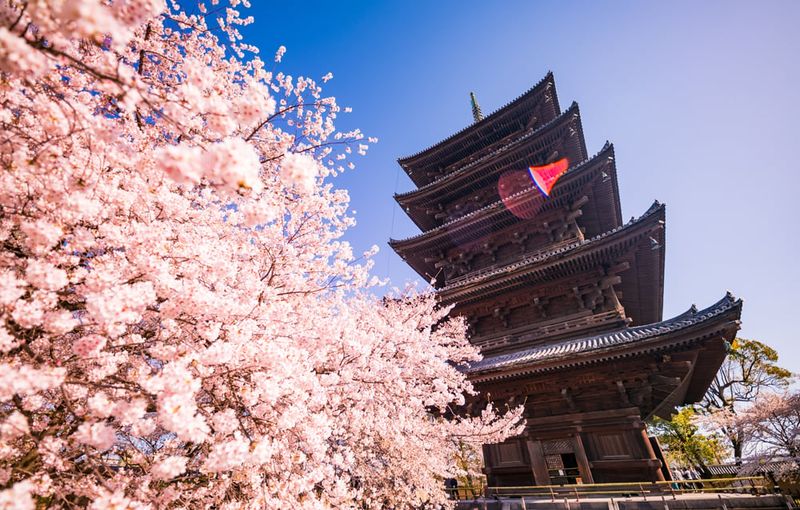
Kyoto, rich in history and culture, has become a magnet for tourists, leading to congestion and cultural strain. The city is considering a visitor ban to protect its heritage sites.
Temples and shrines are often overwhelmed, diminishing the experience for everyone. A pause might allow these sites to recover from constant foot traffic.
Kyoto’s beauty and tradition deserve thoughtful preservation. Limiting visitors could ensure that future generations experience its charm and serenity. This potential ban emphasizes the need for mindful engagement with historical sites.
10. Amsterdam, Netherlands
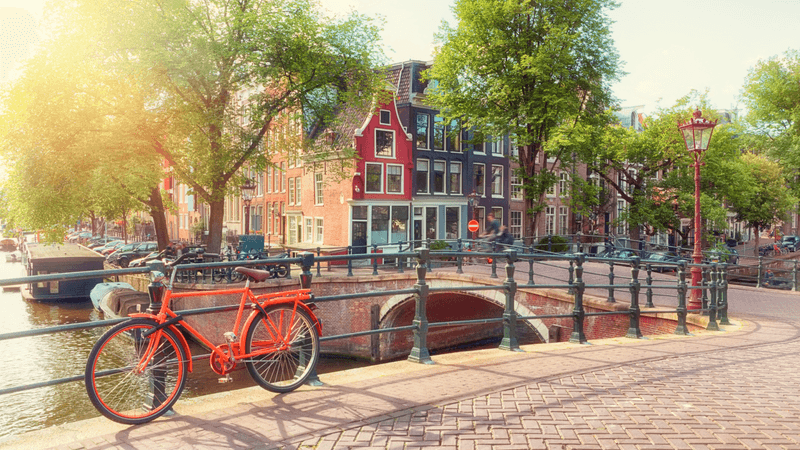
Amsterdam’s picturesque canals and vibrant culture draw millions of tourists, but overcrowding has become a significant issue. The city is contemplating a visitor ban to alleviate these problems.
Local residents feel the impact of tourism on housing and daily life. A temporary pause could help restore the balance between visitors and locals.
By addressing these challenges, Amsterdam could protect its unique character and heritage. The city aims to explore sustainable tourism practices, ensuring it remains a welcoming place for both residents and tourists.
11. Dubrovnik, Croatia
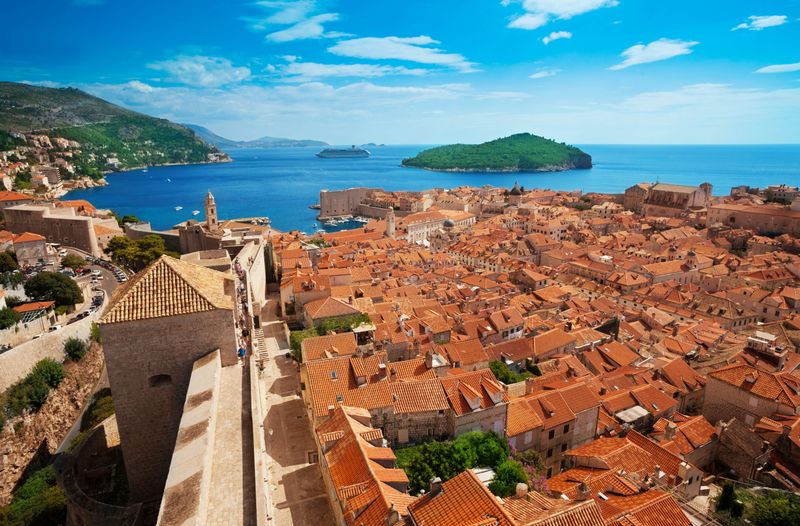
Dubrovnik’s medieval charm and historic walls attract visitors worldwide, but the city’s carrying capacity is under strain. A potential ban aims to safeguard its cultural treasures.
Tourists flock to the Old Town, often leading to congestion and wear on the historic structures. Limiting access could preserve its authenticity and appeal.
Dubrovnik’s enchanting history and architecture require careful management. A visitor ban could offer a reset, allowing both the city and its guests to enjoy a more sustainable interaction. This move highlights the balance needed between tourism and preservation.
12. Prague, Czech Republic
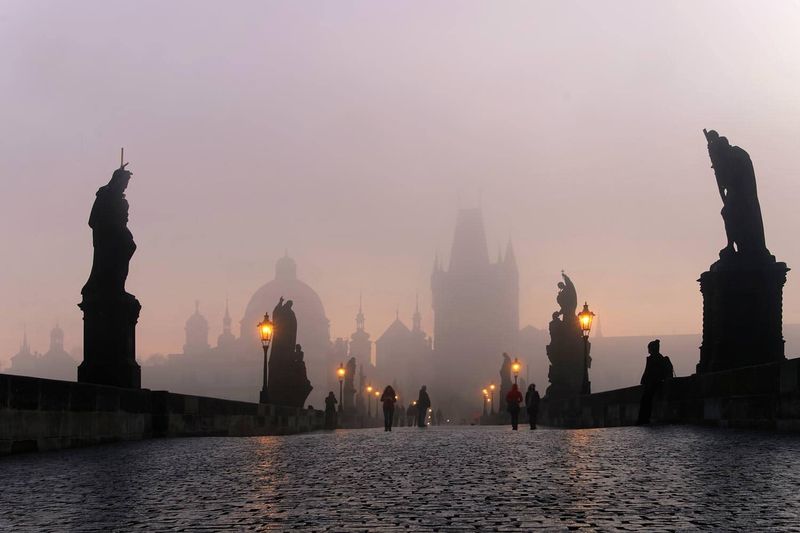
Prague’s fairy-tale architecture and rich history make it a favorite for travelers, yet the city’s infrastructure struggles with the influx. Authorities consider a ban to protect its heritage.
The charm of the cobblestone streets and historic squares is at risk due to overcrowding. A temporary pause might help these areas recuperate.
By prioritizing preservation, Prague can maintain its allure and historical significance. This potential ban stresses the importance of sustainable tourism, ensuring Prague remains a captivating destination for years to come.
13. Galápagos Islands, Ecuador
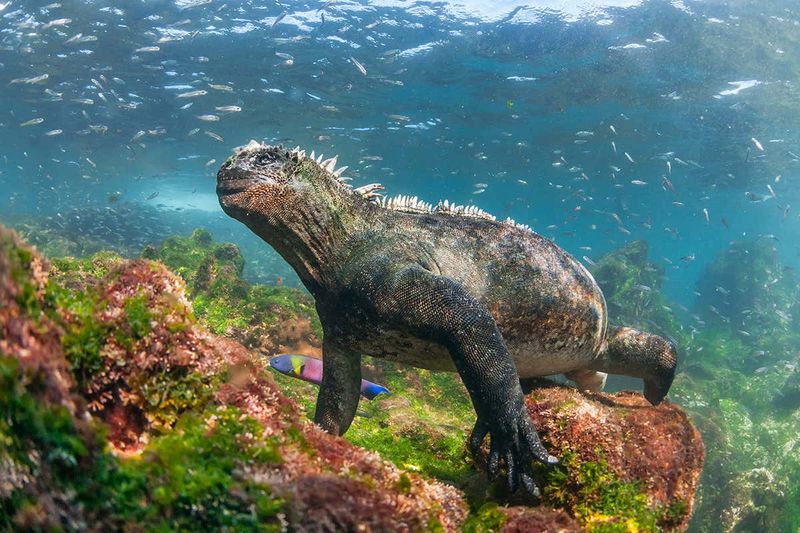
The Galápagos Islands are renowned for their unique biodiversity, drawing nature enthusiasts worldwide. However, the fragile ecosystem faces threats from tourism pressure.
Ecuador is considering a visitor ban to protect this natural wonder. The presence of tourists can disrupt wildlife and their habitats.
By limiting access, the islands can preserve their ecological integrity and continue to inspire conservation efforts. This move underscores the critical role of sustainable tourism in safeguarding extraordinary natural environments.
14. Dubrovnik, Croatia
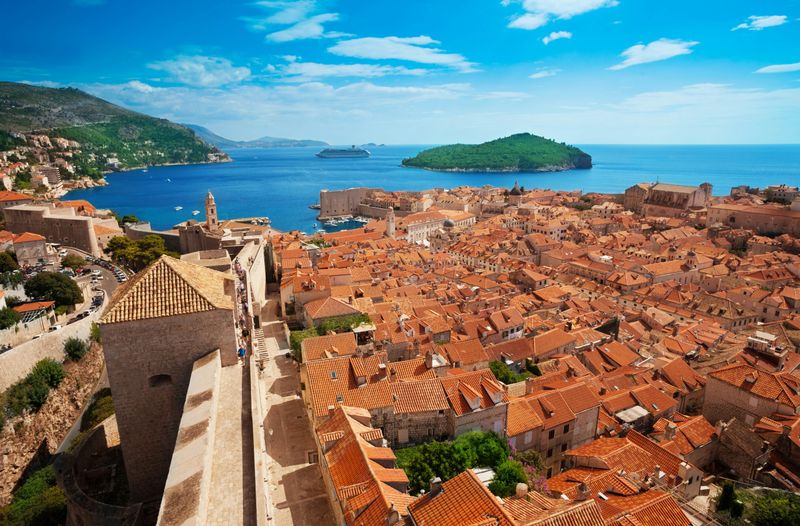
Dubrovnik, with its ancient city walls and scenic location, draws countless tourists annually. However, the influx strains its medieval streets and cultural heritage.
Authorities are contemplating a visitor restriction to manage crowds and preserve the city’s unique character. Overcrowding impacts daily life for locals and the integrity of historic sites.
By implementing a ban, Dubrovnik could offer a more balanced experience for residents and visitors alike. This initiative stresses the need for responsible tourism management to maintain its historical allure.
15. Barcelona, Spain
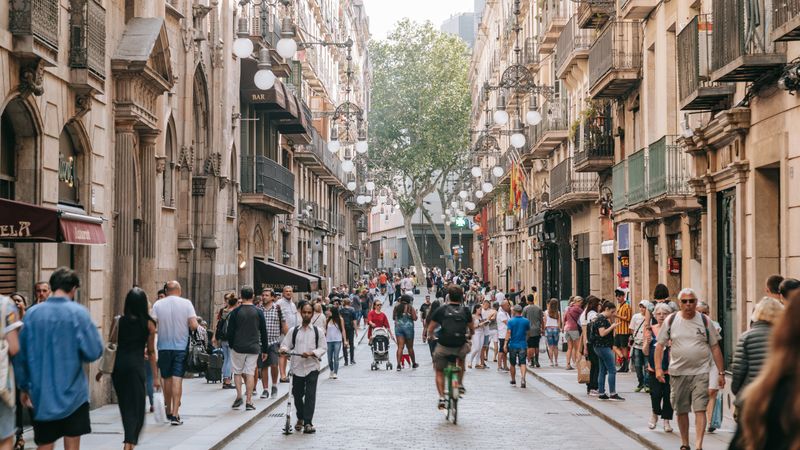
Barcelona’s vibrant atmosphere and iconic architecture attract tourists globally, yet the city grapples with the effects of overtourism.
The potential visitor ban aims to address these concerns, allowing locals to reclaim their spaces. Increased living costs and congestion affect the community’s quality of life.
By considering a pause in tourism, Barcelona seeks to foster a sustainable balance, ensuring the city remains a beloved destination without compromising its cultural essence.
16. Kyoto, Japan
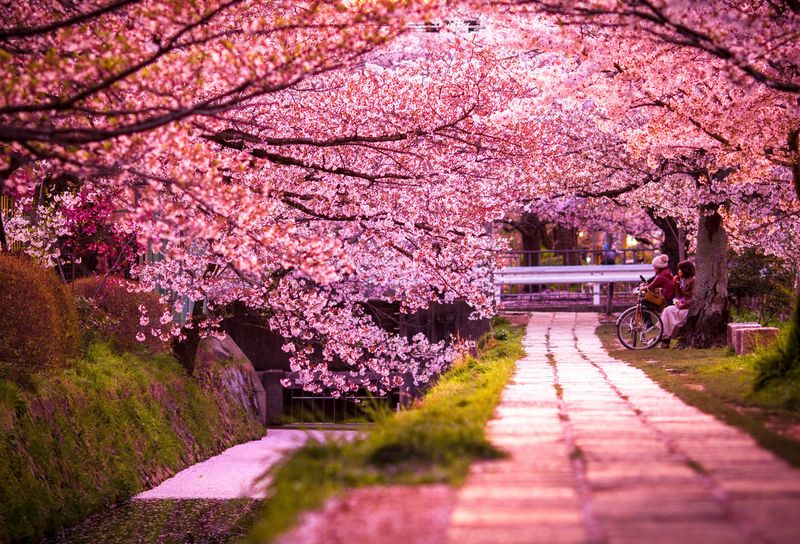
Kyoto, with its temples and cherry blossoms, is a cultural treasure facing challenges from tourism. The city is evaluating a visitor ban to protect its heritage.
Overcrowding diminishes the serene experience at sacred sites. A temporary halt could allow these areas to recover and thrive.
Kyoto’s beauty and historical significance necessitate careful consideration. By limiting tourism, the city hopes to preserve its timeless charm for future generations, highlighting the importance of mindful exploration and conservation.
17. Santorini, Greece
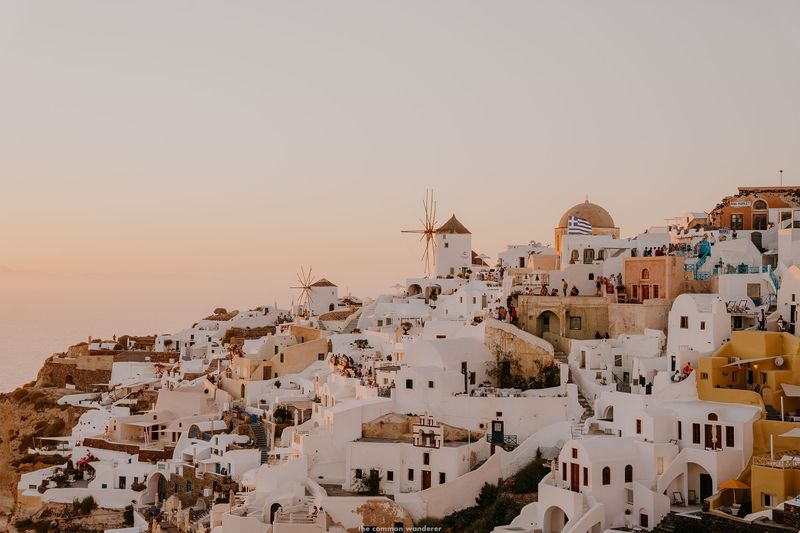
Santorini’s breathtaking views and charming architecture make it a sought-after destination, yet the island faces issues of overcrowding.
Local authorities are considering a visitor ban to safeguard its environment and community. Tourism pressure affects infrastructure and residents’ quality of life.
By pausing the influx of tourists, Santorini could rejuvenate its landscapes and cultural vibrancy. This potential ban highlights the necessity of sustainable tourism practices to maintain its allure for future visitors.
18. Bhutan’s Paro Taktsang
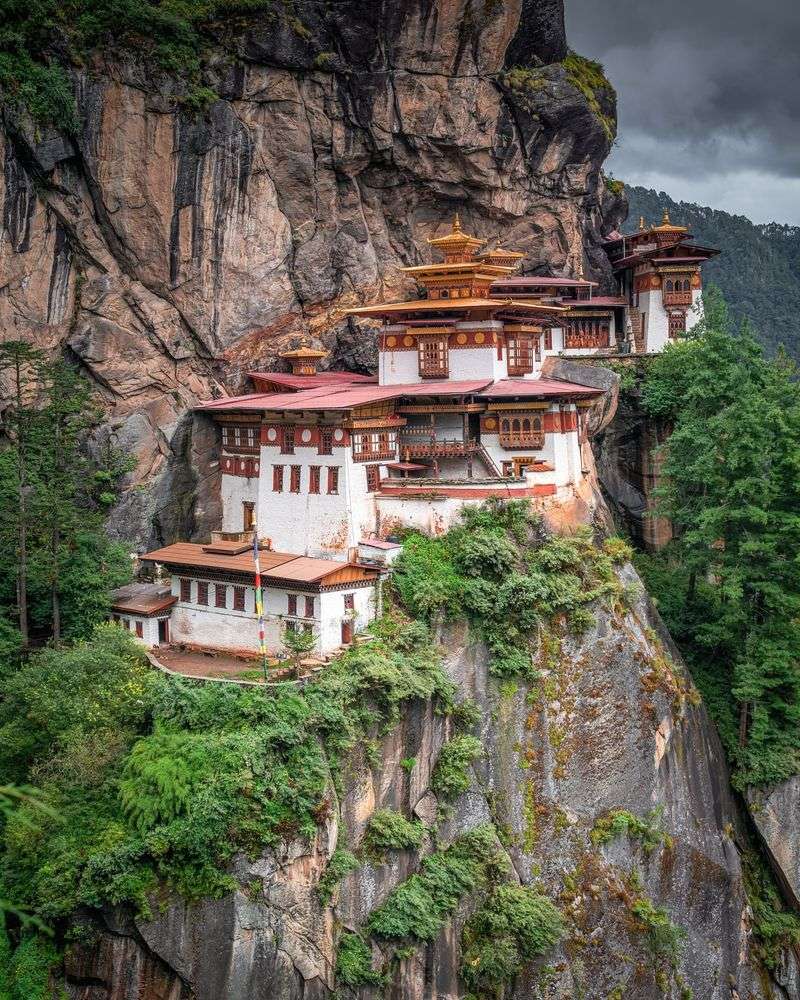
Perched on a cliffside, Paro Taktsang is Bhutan’s iconic Tiger’s Nest Monastery. This sacred site commands awe with its ethereal beauty and spiritual significance. Visitors are drawn to its mystique and panoramic views. However, the influx of tourists threatens its tranquility and the fragile environment. Bhutan, known for high-value, low-impact tourism, is contemplating limiting access to protect this gem. A visit here is a journey into Bhutan’s soul, with local guides sharing tales of the monastery’s origins. The serene atmosphere offers solace and reflection amidst nature’s grandeur.
19. Antarctica’s Deception Island
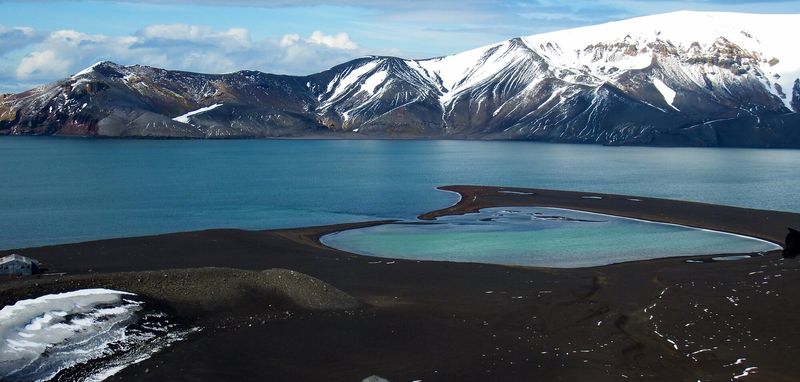
Deception Island, a volcanic caldera in Antarctica, captivates with its stark beauty and scientific intrigue. This remote location challenges adventurers with its icy landscapes and unique wildlife. However, increased tourism poses risks to its pristine environment and scientific research. Proposals are underway to limit tourist access, prioritizing conservation and study over leisure. The island’s history as a whaling station adds to its eerie allure. Scientists here work under extreme conditions, offering a glimpse into Earth’s last true wilderness. Visiting Deception Island is both a privilege and a responsibility.

